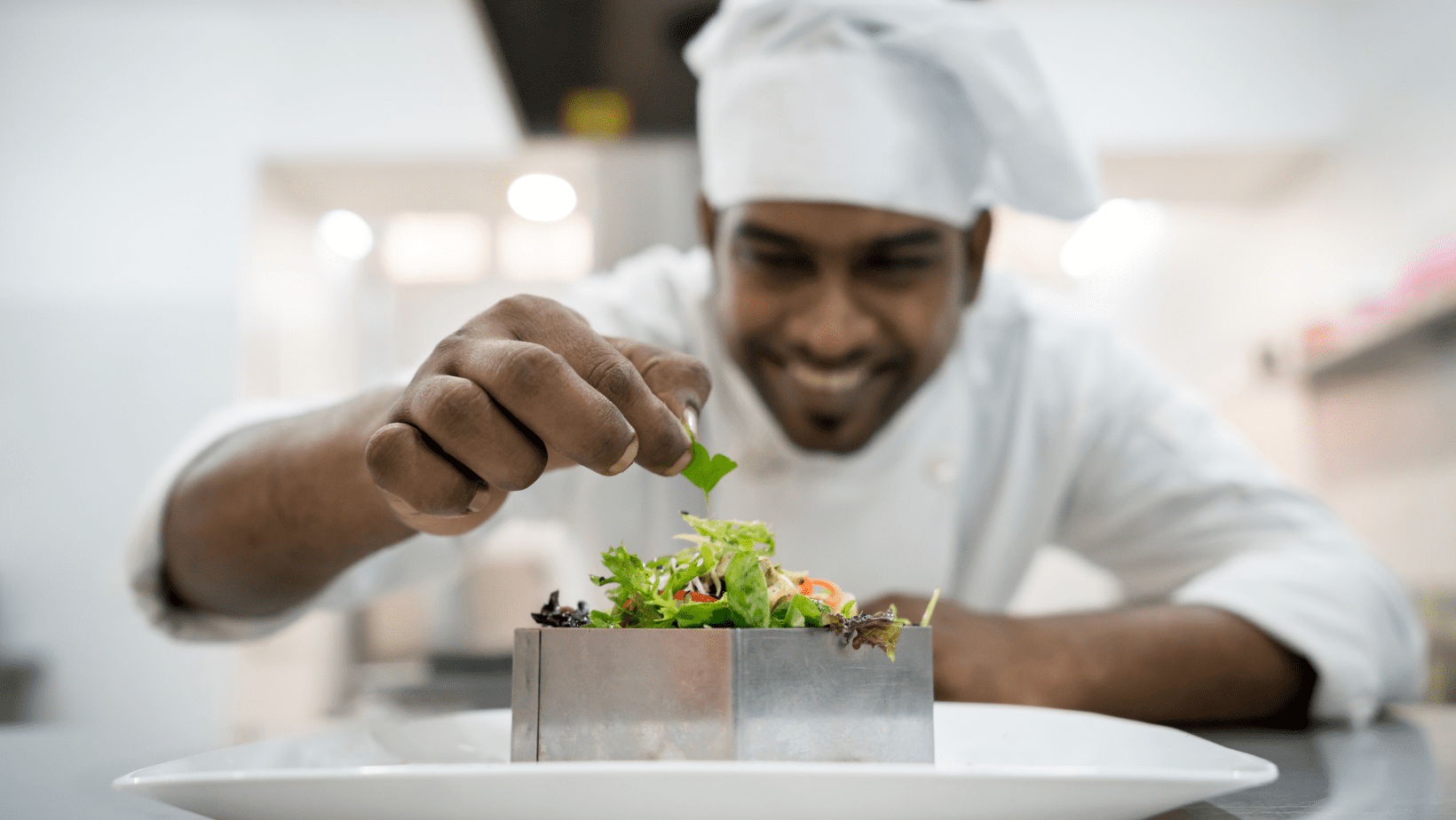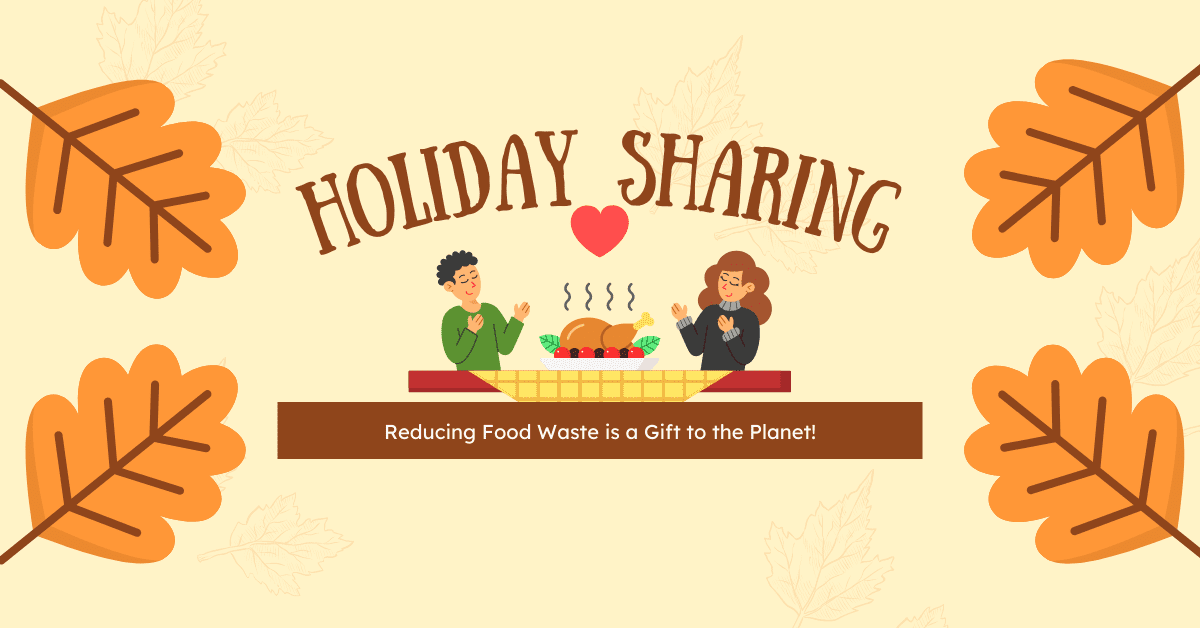Reduce Holiday Food Waste and Prepare for Organic Waste Recycling in 2022
Residents of San Diego County will soon be able to recycle food scraps and other organic waste curbside. Holiday meal planning is an excellent time think about reducing food waste while enjoying deliciousness of the season.
Did you know food is the single largest material disposed in U.S. landfills today, costing the average family of four approximately $1,500 per year? Discarded food also wastes the money, time, labor, transportation, water and land used to grow the food. When organic materials like food scraps decompose in landfills, methane is released, a driver of global climate change that’s up to 86 times more potent at trapping heat than carbon dioxide.
In California, there is a solution on the horizon to curb methane generated by discarded food waste in landfills. A state law (SB 1383) will require the recycling organic waste, including food scraps, food-soiled paper, yard trimmings and non-hazardous wood waste (ie. lumber, pallets, etc) beginning in 2022. Contact your local municipality and/or waste and recycling hauler for additional information about organic waste recycling in your area.
The organic waste recycling process will greatly reduce greenhouse gas generation and yield beneficial compost, fertilizer and/or renewable energy depending on the process used. However, the ability to recycle our food scraps and other organic waste should not be a reason to stop reducing food waste, considering 40 percent of all food produced in the U.S. is discarded and around 1 in 8 people in the US are food insecure.
“While recycling organic waste into beneficial products like compost, fertilizers and renewable natural gas is a positive step forward, we still want to emphasize the tremendous benefits of reducing food waste in the first place,” said Ian Monahan, director of communications at I Love A Clean San Diego.
Resources like the Natural Resource Defense Council’s Save The Food campaign as well as some simple tips from the County of San Diego and I Love A Clean San Diego, can help save money and positively impact the environment all while enjoying delicious holidays meals.
- Tune in to the Celebrate Sustainably: Food & Festivities Webinar on November 17
I Love A Clean San Diego is hosting a free webinar on Wednesday, November 17 from 5 p.m. – 6p.m., titled Celebrate Sustainably: Food & Festivities Webinar. Please register online to attend.
We will focus on ways to reduce the amount of waste produced in our kitchens around big holiday meals. Come hungry for strategies to begin practicing in the kitchen right away, and leave feeling satisfied that you can live a low-waste lifestyle at all times of the year.
- Cook and serve with a plan
The easiest way to reduce food waste during the holidays is to buy and prepare the right amount of food. The Save the Food Guest-mator helps create a menu based on how many guests are attending your holiday feast. Try it out here.
Once you know how much food is needed, create a detailed shopping list and stick to it. This will prevent excessive purchases that may not be needed.
When shopping for ingredients, opt for items in recyclable packaging to further minimize unnecessary waste. Learn how to Recycle Right on this County of San Diego website.
- Shop at local farmers’ markets
Visit one of the 36 certified farmers’ markets in San Diego County (farmers’ markets) and buy local, unpackaged produce directly from regional farmers. Doing so cuts down on packaging, transportation and benefits the farmer directly while providing you with the freshest ingredients.
- Embrace all foods
When shopping, most people search for the perfect looking produce, meaning the “ugly” fruits and vegetables are often left on the shelves. If these items are not sold in time, they may end up as wasted food. This “ugly” produce has the same vitamins and nutrients as their “prettier” counterparts. Give all produce a chance when at the grocery store or farmers’ markets, especially if the chosen produce will be cut up and used as part of a larger dish (the “ugly” part won’t be noticeable).
- Go for plant-based meals
Did you know most vegetables use nearly eight times less water per calorie than meat? Incorporating more plant-based foods into holiday celebrations, such as green bean casserole, lentil shepherd’s pie, and stuffed peppers, can cut the environmental footprint of meals significantly. Find more plant-based holiday recipes here.
- Shrink serving sizes
Reducing portion size by using smaller dishes and smaller serving spoons, can significantly reduce food waste– seriously, it works! Your guests can always come back for seconds.
- Anticipate yummy leftovers
Having a plan for leftovers is another way to ensure food is eaten. After all, half the goodness of holiday food is in the delicious leftovers. Ask guests to bring containers or provide them to take remaining food home, freeze leftovers for a later date, or use in creative ways. Some recipe ideas can be found here.
- Check out WasteFreeSD.org
Visit WasteFreeSD.org for more tips on how to reduce food waste, learn more about organics recycling and find recycling options for just about anything.




